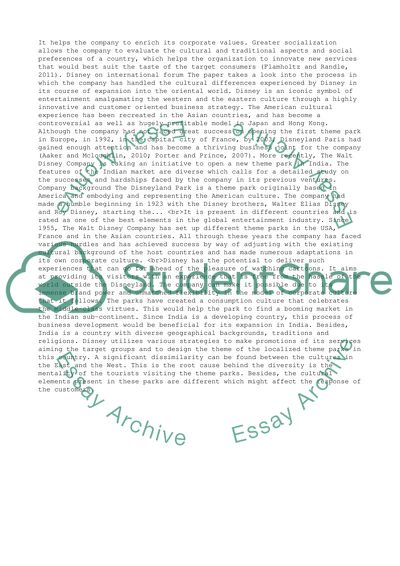Cite this document
(“Disneyland Hong Kong Essay Example | Topics and Well Written Essays - 1750 words”, n.d.)
Disneyland Hong Kong Essay Example | Topics and Well Written Essays - 1750 words. Retrieved from https://studentshare.org/business/1472929-disneyland-hong-kong
Disneyland Hong Kong Essay Example | Topics and Well Written Essays - 1750 words. Retrieved from https://studentshare.org/business/1472929-disneyland-hong-kong
(Disneyland Hong Kong Essay Example | Topics and Well Written Essays - 1750 Words)
Disneyland Hong Kong Essay Example | Topics and Well Written Essays - 1750 Words. https://studentshare.org/business/1472929-disneyland-hong-kong.
Disneyland Hong Kong Essay Example | Topics and Well Written Essays - 1750 Words. https://studentshare.org/business/1472929-disneyland-hong-kong.
“Disneyland Hong Kong Essay Example | Topics and Well Written Essays - 1750 Words”, n.d. https://studentshare.org/business/1472929-disneyland-hong-kong.


